Timeline, 2019, HD, single-channel video projection, 17:02 Min, 16:9, (loop), color, sound, dimensions variable.
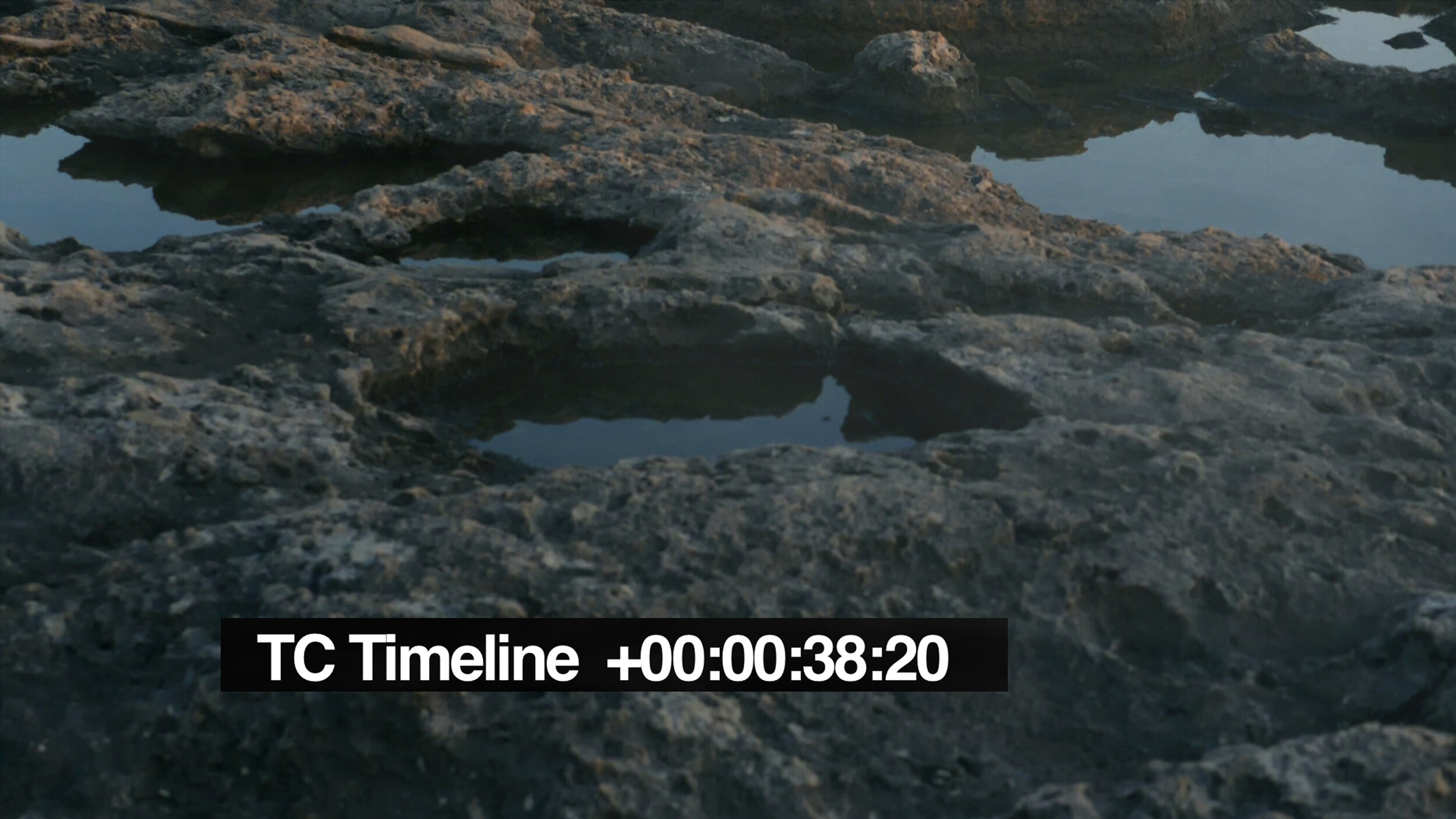

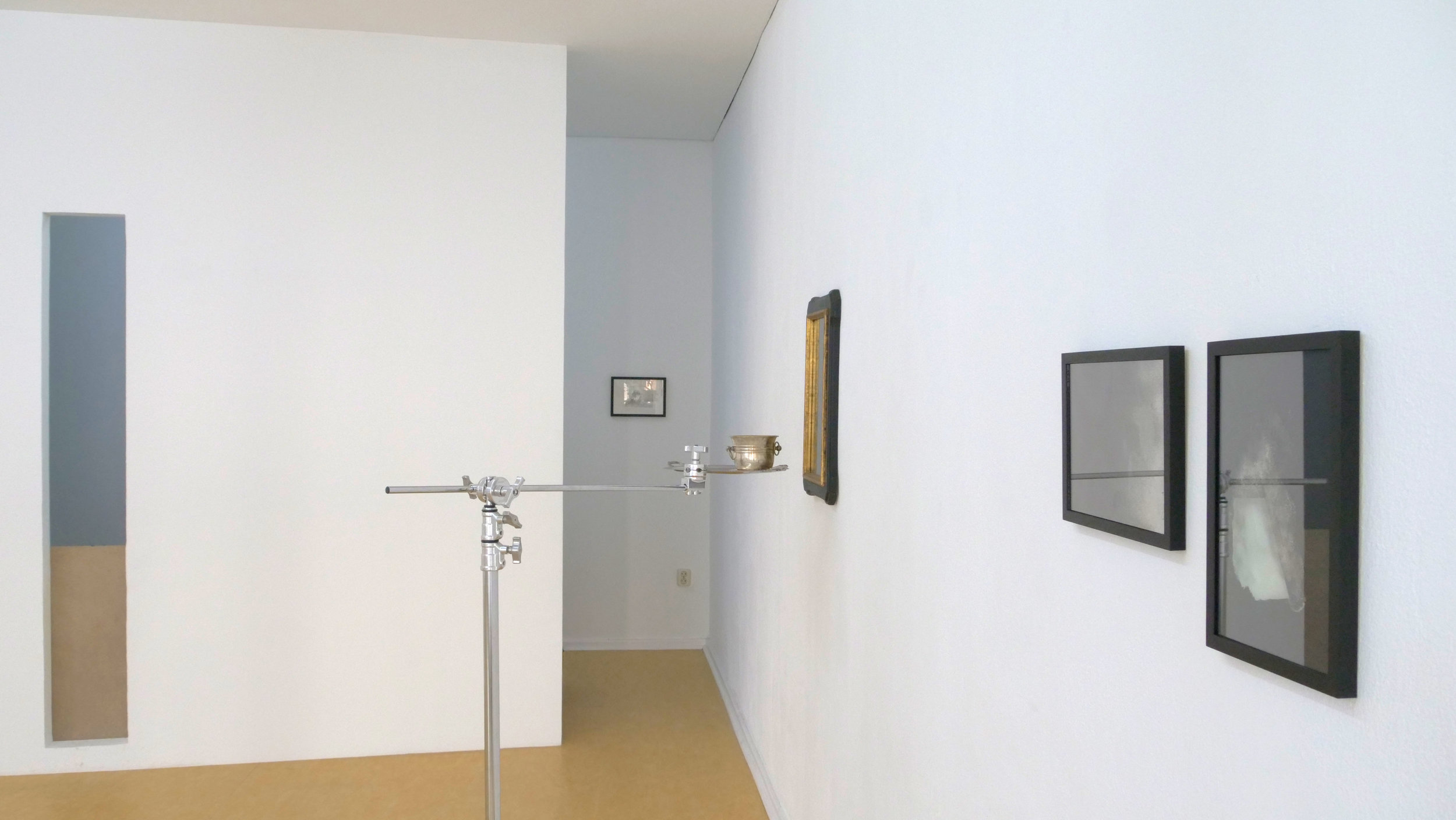
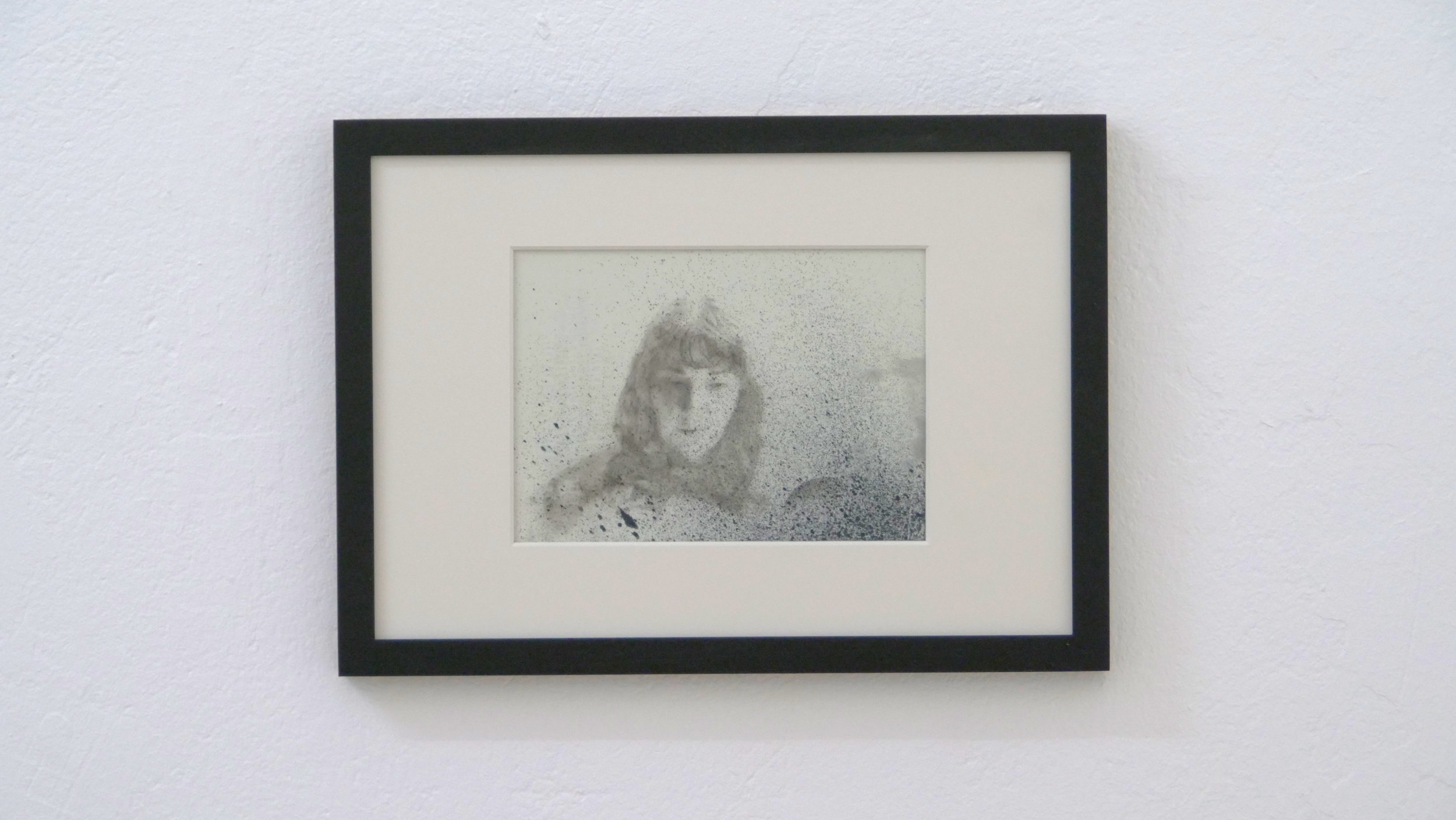
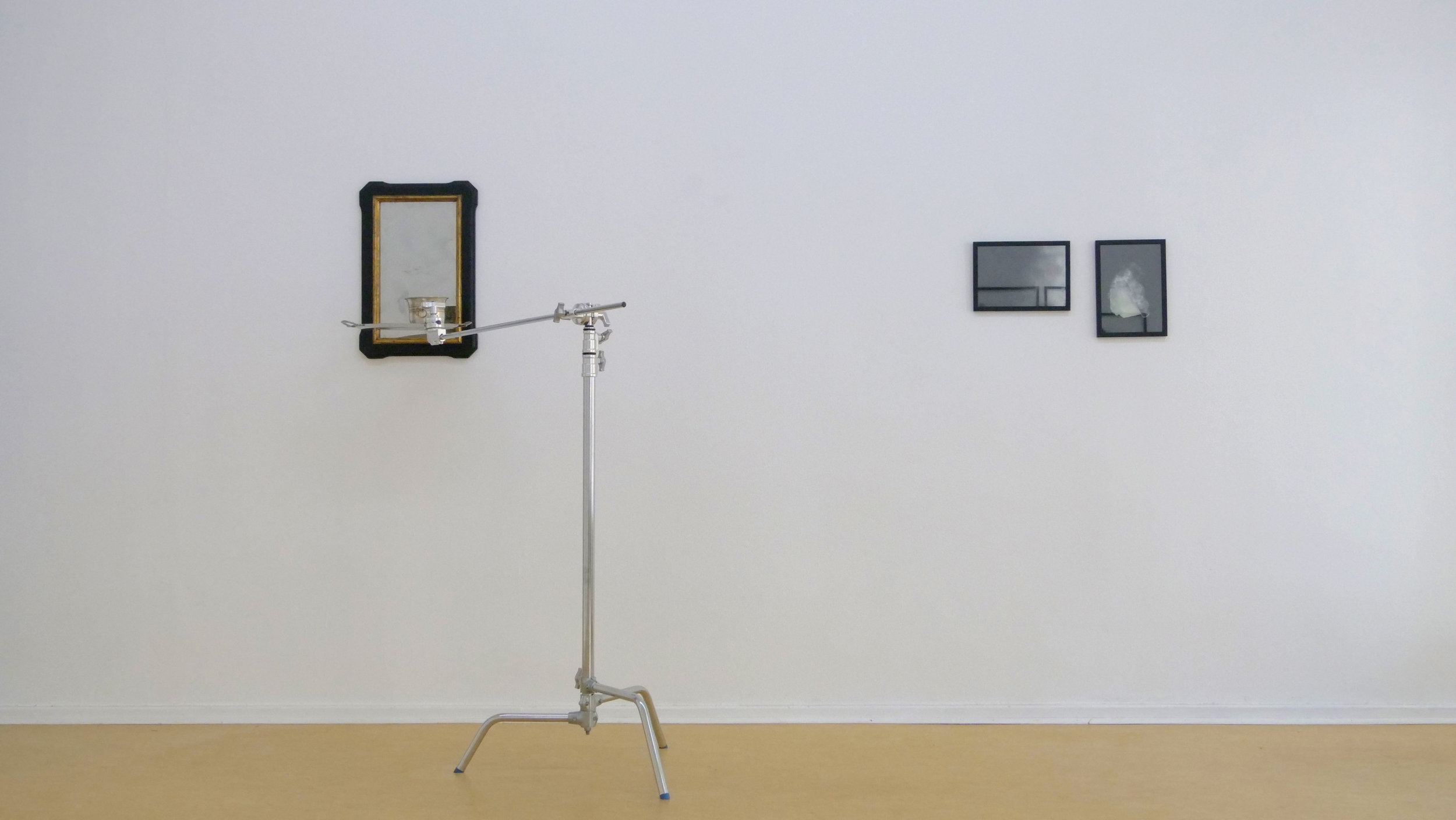
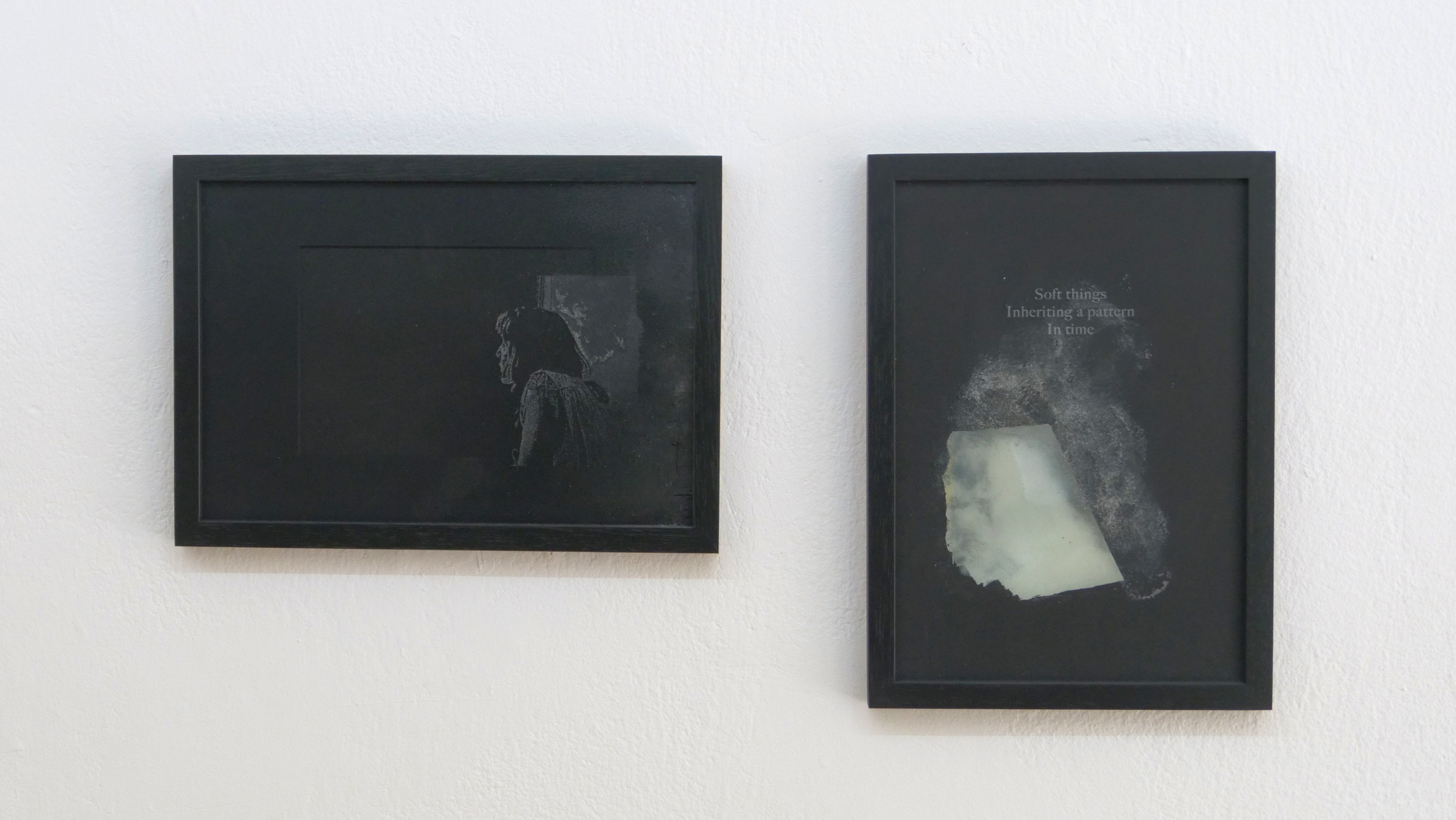
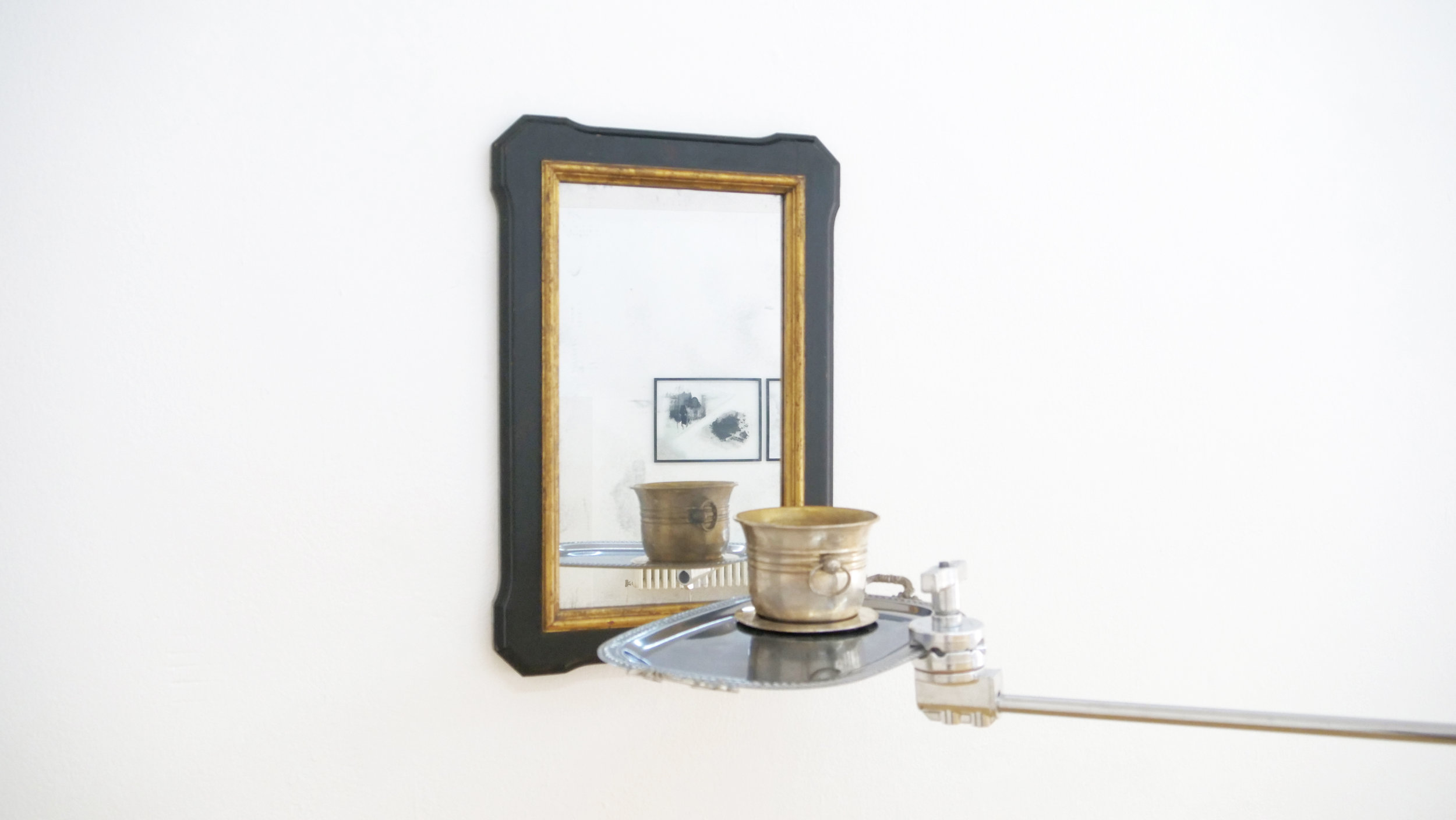
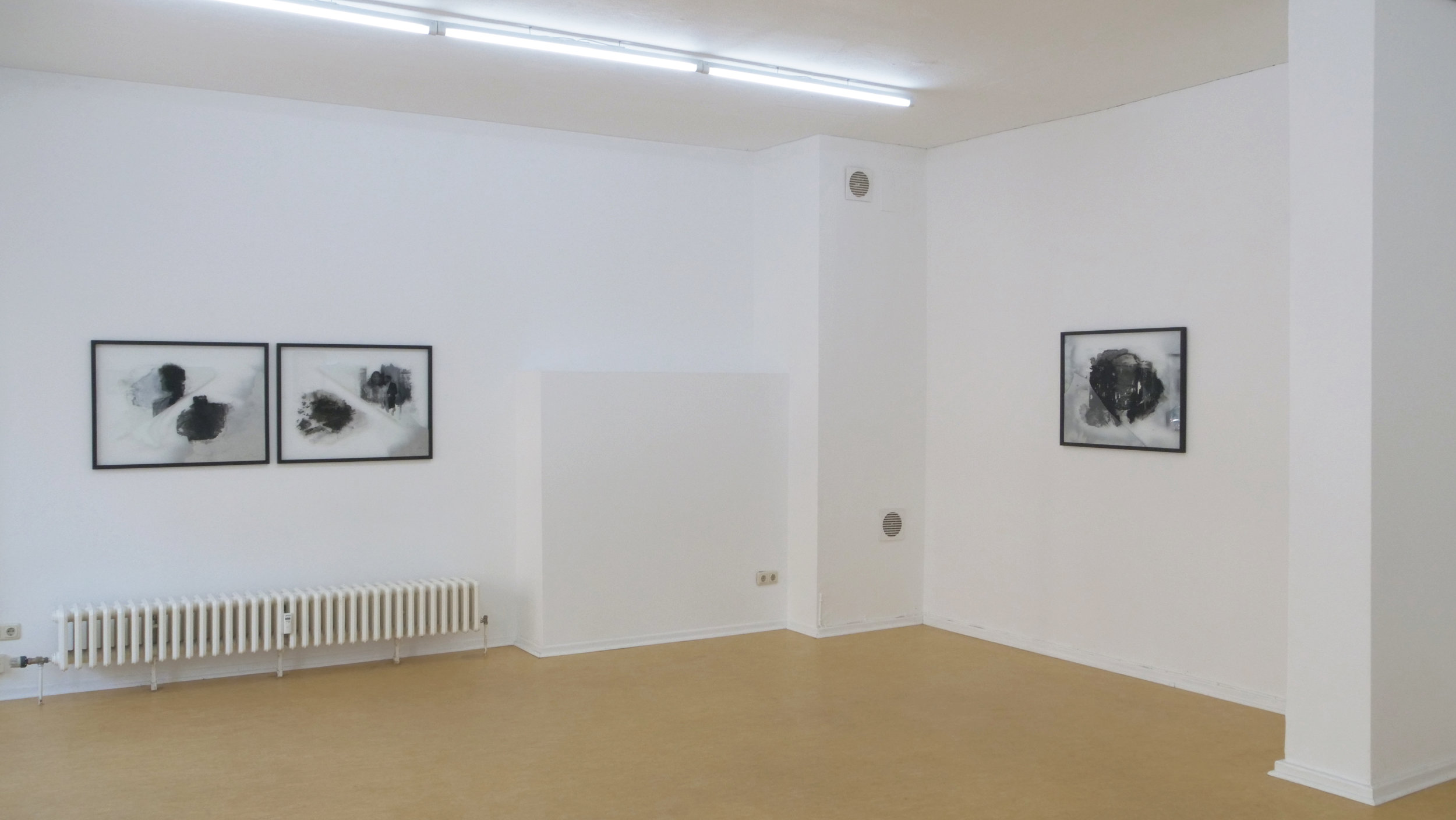
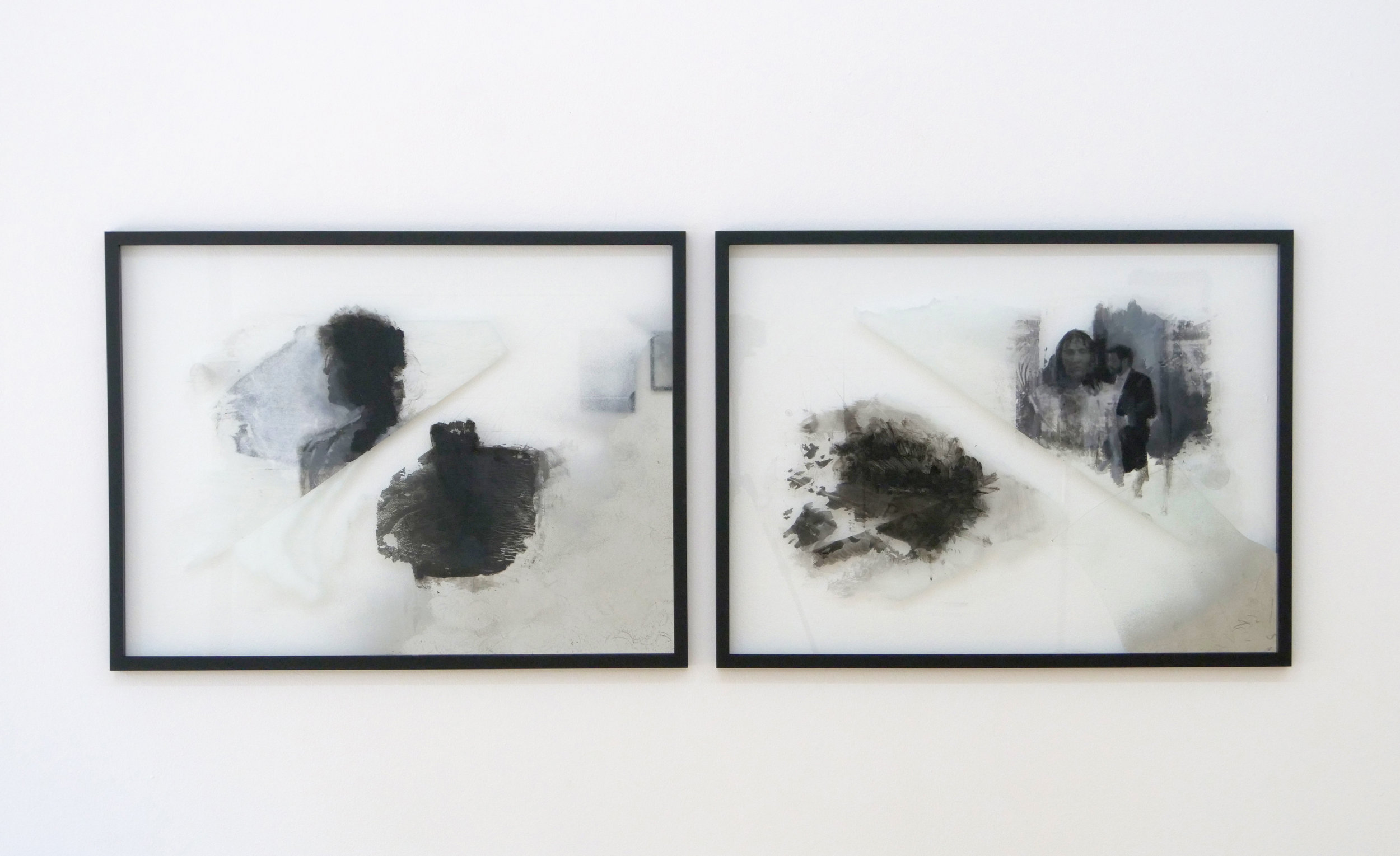

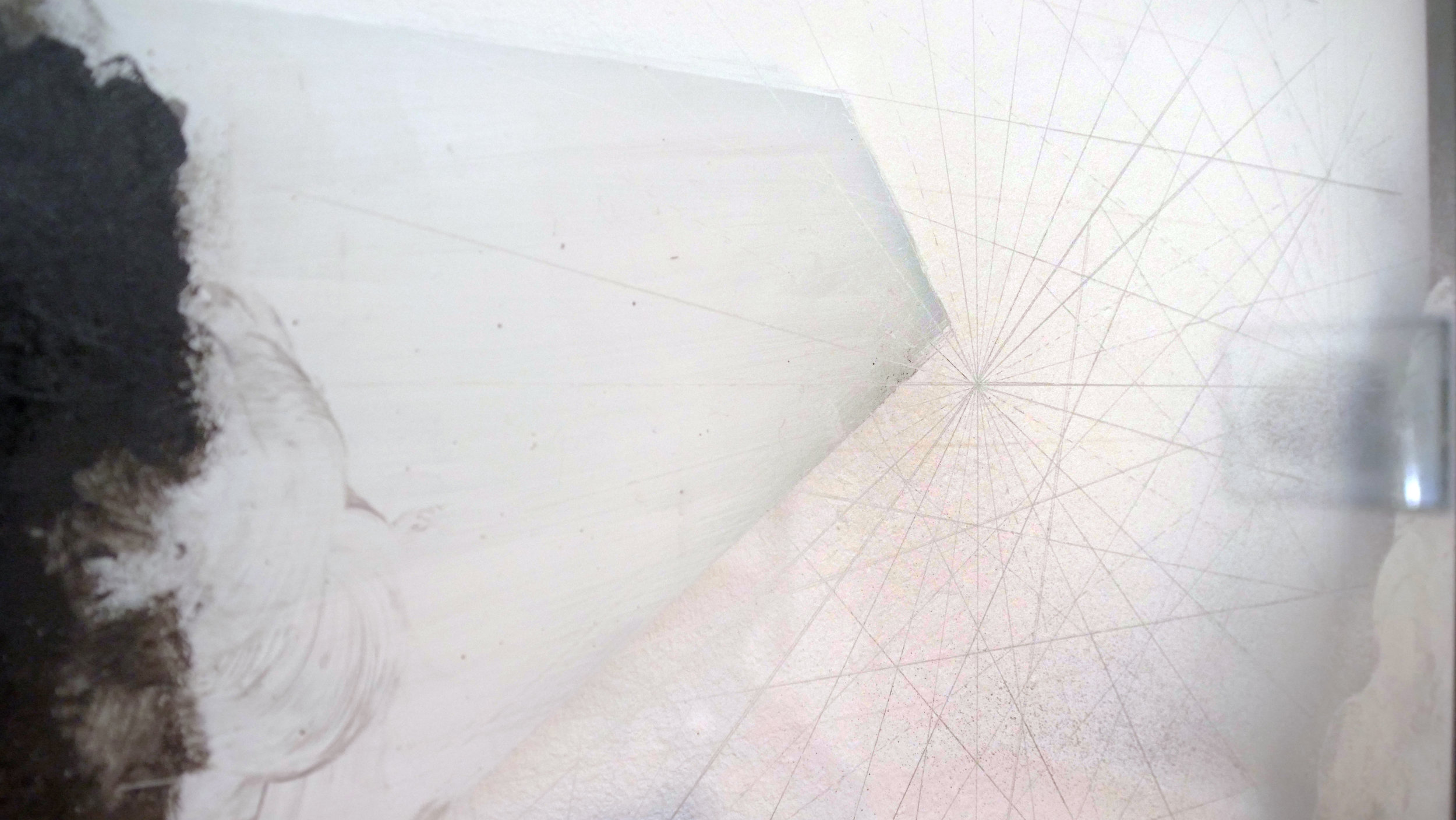

In the film – as well as in the paintings – the viewer becomes part of an imaginary journey. The works evoke an escapistic movement – towards an utopian Other. Together with the persons, who appear in the glass paintings and in the film, we cross chronological levels, which seem to have a self-consistent, paradoxical motion.
The viewer feels reflected and merges into the works. Daniel Laufer plays with various techniques of film to unhinge chronological processes. The artist bursts the linearity, he interlaces past, present and future. A new narrative is created. The reflection of the works involves the viewer and opens the view into the exhibition space.
Diagonals are going through the image, cutting and separating the scenery. They seem to be voids between abstract and figurative expressions. Moreover they quote a visual language known from comic strips and storyboards. The figurative transforms into the abstract. The glass layers enable the viewer to see various levels – overlaps – referring to the paradoxal concept of time. The basic principle of the works is the psychological definition of the mental time travel. Memory is both, a mental time travel as well as the imagination of a possible future. Both form the presence and ask the question: how to deal with memory?
The film Timeline (2019) generates images, which go beyond the linguistic expressible. The film plays with the conception of time travels. Images are transforming, fading in and fading out. Through our consciousness for the past we look into the future. The impact lies into the objects – the things – from the past until the present. The things form a time capsule. The viewer sees himself and the surrounding works, which deal with elementary stations of human life. The death stays in the background, it is not visible. Through the recurrence of memory the death becomes part of life.
